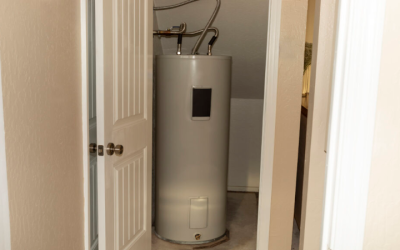Precious metals have always been used for a variety of reasons. Their aesthetic value has resulted in the creation of many works of art. They have also been employed for their ability to fend off corrosion. Yet, it was not until following the mass production instituted by the Industrial Revolution of the 19th century that they were categorized as engineering metals. As this point precious metals plating had become increasingly commonplace for both aesthetic and practical reasons.
By 2007, precious metals plating had been included as a component in another category. This is technology metals. It is a larger concept that consists of specialty metals, precious metals and rare earth elements. The name stems from the specific requirements and demands made by certain high technology industries. These include electronic and communication piece of equipment as well as medical devices.
Types of Precious Metals in Precious Metals Plating
Precious metals are categorized according to specific chemical elements and even rarity. There are several different metals that fall into this category. Some are used more frequently than others in precious metals plating services. This is often the result of availability as well as the cost of employing such rare metals.
Four common types of precious metals used in precious metals plating are:
* Gold (Au): This is considered a rare metallic element. The term karat is employed to determine the amount of gold present when it is alloyed with another metal. Although a soft metal, it is used in plating to convey its aesthetic beauty as well as its ability to resist corrosion by water and air
* Silver (Ag): This is another soft precious metal that has been treasured in the past and present for its beauty. It is used in the precious metals plating process to improve electrical and thermal conductivity. It is also treasured in the electronics industry because it will also not arc across the contents.
* Platinum (PT): This is a metal considered more precious than gold. As an overlay, it provides the substrate metal with protection against corrosion and hardness. It is also prized for its durability and high temperature stability.
* Palladium (Pd): this precious metal is a member of the platinum group. Like Platinum, it is anti-corrosive. It is used frequently as a substitute for gold in precious metals plating because it conveys many of the same attributes to the base metals it covers. It is also less expensive than using gold.
Precious Metals Plating
When it comes to the aerospace, automotive, communication and electronic industries, precious metals are in demand. They have widespread application in these various fields. While precious metals tend to be expensive, they are used to convey various intrinsic properties when plated over a less precious metal. This reduces the higher cost of using pure substances. As a result, many industries rely on precious metals plating to provide their components with the qualities they not only desire but need to make them functional, durable and protective. Here are some ideas to control plating cost.
Professional Plating has been specializing in industrial metal plating since 1983. We are a leader in the field of medical device applications. We are skilled professionals in all types of electroplating including Precious Metals Plating. Since 1983, we have provided our customers with unique and exceptional solutions to their plating concerns. To discover more about our level of accomplishments and skills, contact us online at Proplate.com.








